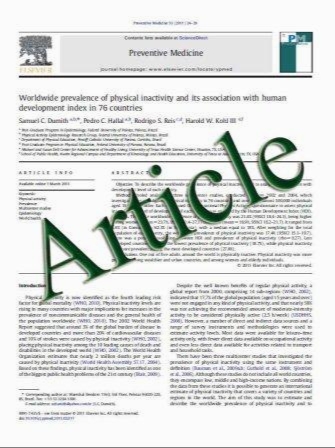Allogeneic bone marrow transplantation compared to peripheral blood stem cell transplantation for the treatment of hematologic malignancies: a meta-analysis based on time-to-event data from randomized controlled trials
- نوع فایل : کتاب
- زبان : انگلیسی
- مؤلف : Ying-Jun Chang & Cui-Lian Weng & Li-Xia Sun & Yun-Tao Zhao
- چاپ و سال / کشور: 2011
Description
Controversy remains regarding the transplant outcomes of human leukocyte antigen-identical related bone marrow transplantation (BMT) and peripheral blood stem cell transplantation (PBSCT) for the treatment of patients with hematological malignancies. To provide an estimate of the effect of BMT and PBSCT on clinical outcomes in patients with hematological malignancies, we conducted a meta-analysis based on time-to-event data from 17 randomized controlled trials. PubMed, EMBASE, and Cochrane Central Register of Controlled Trials (CENTRAL), from 1972 through July 2010, and conference proceedings through July 2009 and reference lists, without any language restriction, of randomized trials that compared the transplant outcomes after BMT and PBSCT in patients with hematological malignancies were searched for details. Two independent reviewers extracted the data. The outcomes examined were engraftment, graft-versus-host disease (GVHD), relapse, transplant-related mortality (TRM), leukemia-free-survival (LFS), and overall survival (OS). Compared to PBSCT, BMT had lower neutrophil (HR, 2.08; 95% CI, 1.80 to 2.42; p<0.00001) and platelet (HR, 2.77; 95% CI, 1.78 to 4.30; p<0.00001) engraftment. BMT was associated with a significant decrease in the development of grades II–IV (HR, 0.75; 95% CI, 0.63 to 0.90; p=0.002) and III–IV (HR, 0.63; 95% CI, 0.47 to 0.84; p=0.001) acute GVHD as well as overall (HR, 0.70; 95% CI, 0.59 to 0.83; p<0.0001) and extensive (HR, 0.60; 95% CI, 0.39 to 0.91; p=0.002) chronic GVHD. BMT was associated with a higher incidence of relapse (HR, 1.91; 95% CI, 1.34 to 2.74; p=0.0004). Comparable TRM (1.08; 95% CI, 0.56 to 2.10; p=0.81), LFS (HR, 1.04; 95% CI, 0.83 to 1.30; p=0.73), and OS (HR, 1.06; 95% CI, 0.81 to 1.39; p=0.65) were demonstrated for both treatments. An inverse linear relationship was observed between the acute GVHD difference (PBSCT minus BMT) and the outcome of OS (p=0.016). Our meta-analysis suggest that BMT leads to slower hematological recovery, increasing rates of relapse, and a lower risk of GVHD, but no significant difference in LFS and OS. A lower incidence of acute GVHD is associated with a superior OS.
Ann Hematol DOI 10.1007/s00277-011-1299-8 Received: 25 February 2011 / Accepted: 13 July 2011


